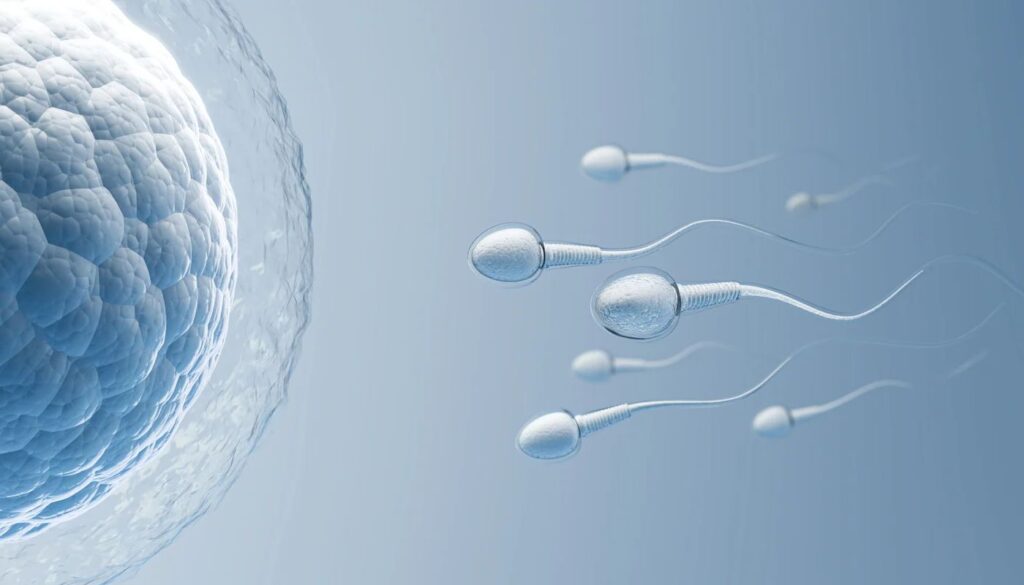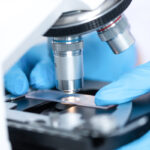What is Azoospermia, What are its Symptoms, How is it Treated?

What is Azoospermia, What are its Symptoms, How is it Treated?

- August 12, 2016
- 2:55 pm
- Doç. Dr. Serkan ORAL
İçindekiler
ToggleAzoospermia is the absence of any sperm cells in the semen sample. The problem of azoospermia is examined under two headings; obstructive and non-obstructive azoospermia.
What are the types of Azoospermia?
Azoospermia due to obstruction
This problem occurs due to congenital blockage of sperm ducts, congenital deficiencies, infection in some of the ducts, or blockage as a result of surgical procedures. In this case, the patient may need to be treated with surgical methods. Testicular examination is performed on men who do not have sperm cells due to blockage. In addition, hormone tests, ultrasound, and genetic tests can be performed along with in vitro fertilization treatment.
Non-obstructive azoospemia
In this case, there is a congenital closure of the testicles. It is a hereditary problem. The only treatment method for this group of azoospermia patients is surgery. Then, the patient can have children with in vitro fertilization treatment.
Azoospermia, which is the absence of sperm in the semen, is present in 2% of all men today. In cases where male infertility is severe, azoospermia can occur in two forms.
- In the first of these problems, there is sperm production. However, it cannot be ejected from the reproductive center. 40% of azoospermia patients have this problem.
- In the second problem, there is a problem in sperm production. This patient group covers 60%.
What are the causes of azoospermia?
Pretesticular factors
Sperm production is impaired due to hormonal factors. It is the most common condition among hormonal causes. Pretesticular factors occur less frequently. It occurs due to problems in the production of FSH, LH and testosterone hormones, which are responsible for sperm production in the testicles.
Testicular factors
It is related to the deterioration of the factors responsible for sperm production in the testicles. There may be congenital problems in the testicles. It can also occur due to infections, previous operations, cysts, etc. If the patient has received radiotherapy, chemotherapy and drug therapy due to cancer treatment, sperm production may be permanently impaired.
Post-testicular causes
Blockage or dysfunction of the ducts may prevent the sperm produced from the testicles from reaching the external environment, leading to azoospermia, which means no sperm in the semen.
What are sperm production problems?
In cases of sperm production problems, there are no sperm cells in the semen sample. In this case, there may be a problem with the hormones that produce sperm. Apart from hormonal factors, sperm production problems:
- Cushing’s syndrome,
- Cryptorchidism or undescended testicles,
- Vascular traumas,
- Varicocele,
- Chemotherapy and radiotherapy
- Chromosome diseases
- Drug use,
- Smoking,
- Prolonged exposure to extreme heat.
What are the causes of obstructive azoospermia?
- Vasectomy can cause azoospermia. It occurs as a result of the ducts that transport sperm cells are blocked.
- Genetic factors may lead to azoospermia.
- Infections such as chlamydia and gonorrhea, which are among the sexually transmitted diseases, can cause blockage.

What are the symptoms of azoospermia?
Azoospermia usually does not show any symptoms. It is detected as a result of sperm analysis. Azoospermia does not have any symptoms that the patient can notice.
What is the treatment for azoospermia?
Azoospermia problems caused by hormone deficiency can be solved with hormone treatments. However, if there is a disease that causes obstruction, surgical methods can be used.
It is possible to obtain sperm cells from azoospermia patients thanks to developing technology. Various methods have been developed for this purpose. In this way, it is possible for these patients to have children with in vitro fertilization. For azoospermia patients; Micro TESE method and microinjection method can be used. In this way, the chance of having children with in vitro fertilization treatment can be preserved.
Other treatment techniques
- MESA (microepididymal sperm aspiration)
- PESA (Percutaneous sperm aspiration)
- TESA (Testicular sperm aspiration)
- TESE (Testicular sperm extraction)
- MICRODISSECTION TESE (microTESE)
The most common of these methods are TESA, TESE and Micro TESE. The preferred method for non-obstructive azoospermia is microTESE surgery.
What is micro TESE surgery?
The purpose of this operation is to have no sperm cells in the semen. For this reason, a sample is taken from the testicles to obtain sperm cells. The testicle is opened with a single incision and then the small tissue sample taken is enlarged to identify the areas where sperm production is occurring. Then, with the sperm taken from these areas, children can be conceived using the microinjection method. Another advantage of the microsurgical method performed under a microscope is that the vascular structure in the capsule surrounding the testicular tissue can be seen and the incision can be made without damaging the vessels that feed the testicle.
The Micro TESE method is performed under general or local anesthesia. After the operation, the patient is monitored until the anesthesia wears off. It is recommended that the patient not drive to get home after the operation. Patients are prohibited from having sexual intercourse for 15 days after the operation.





